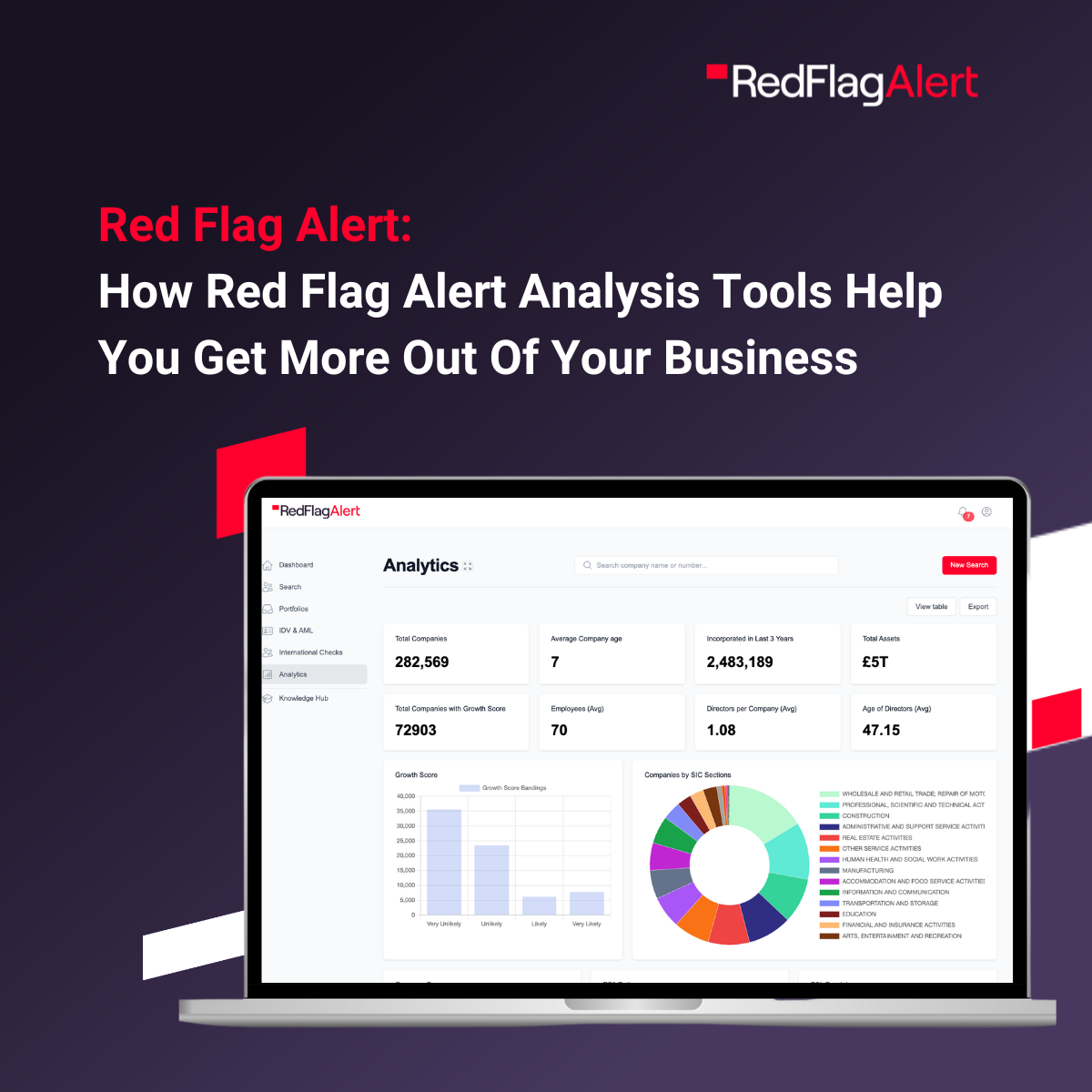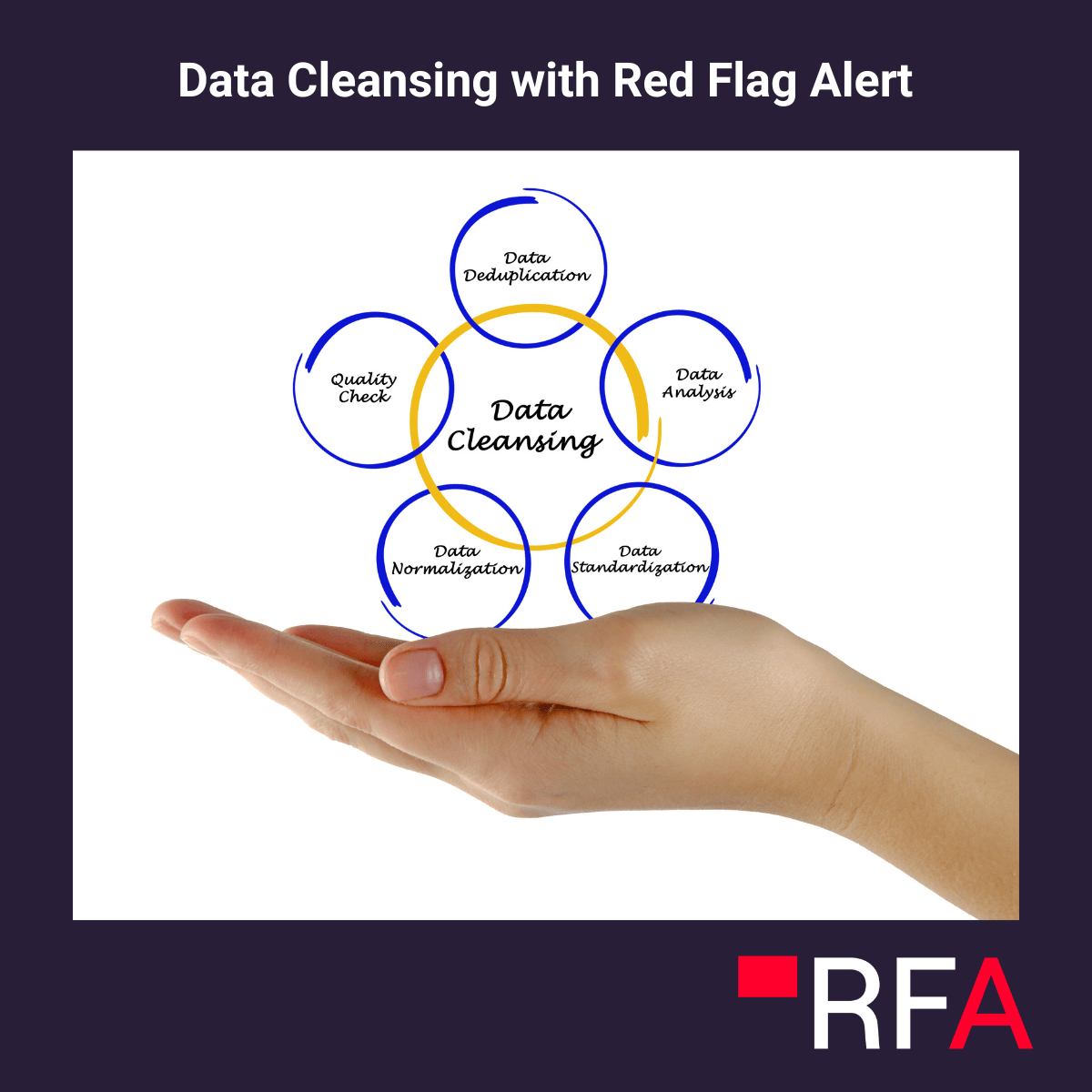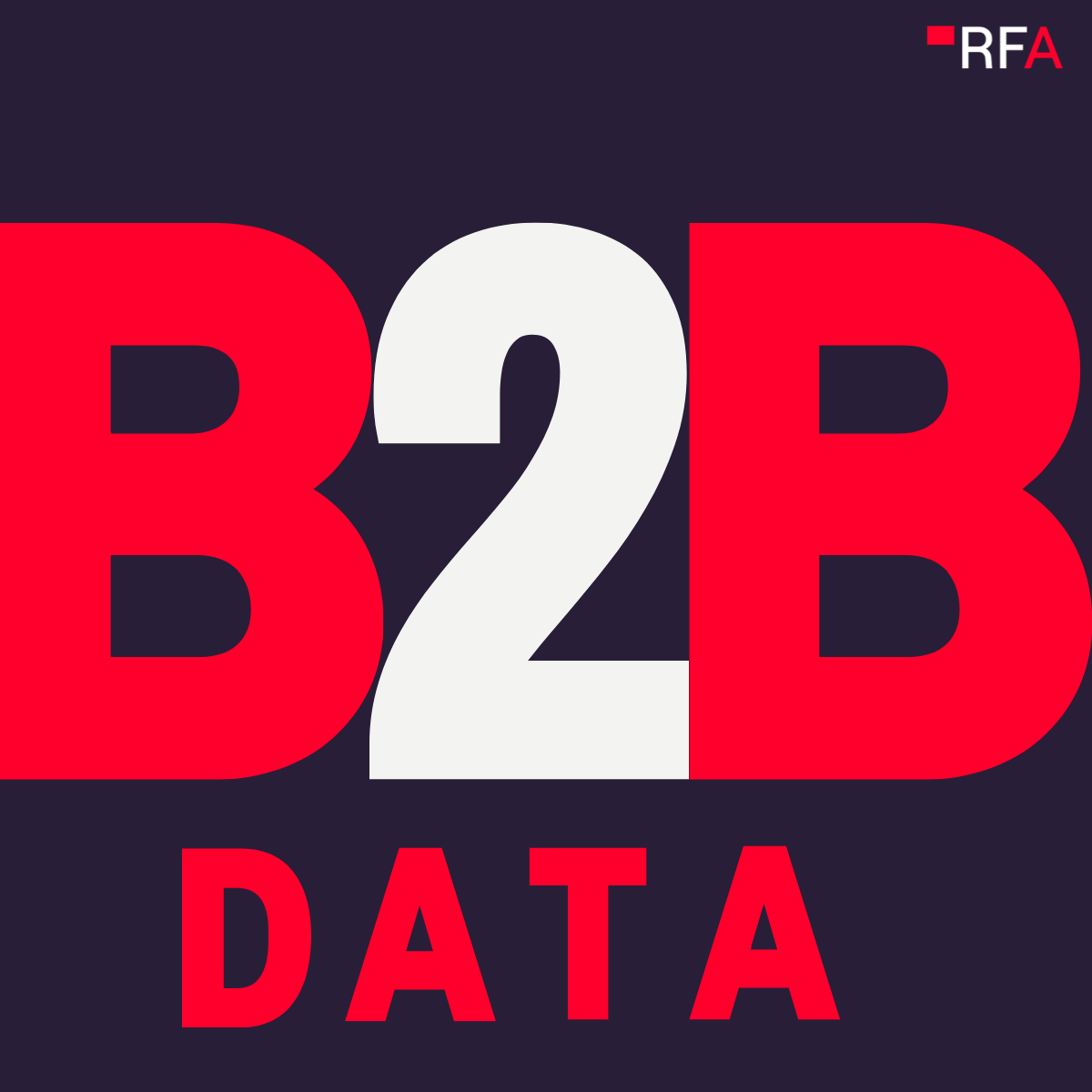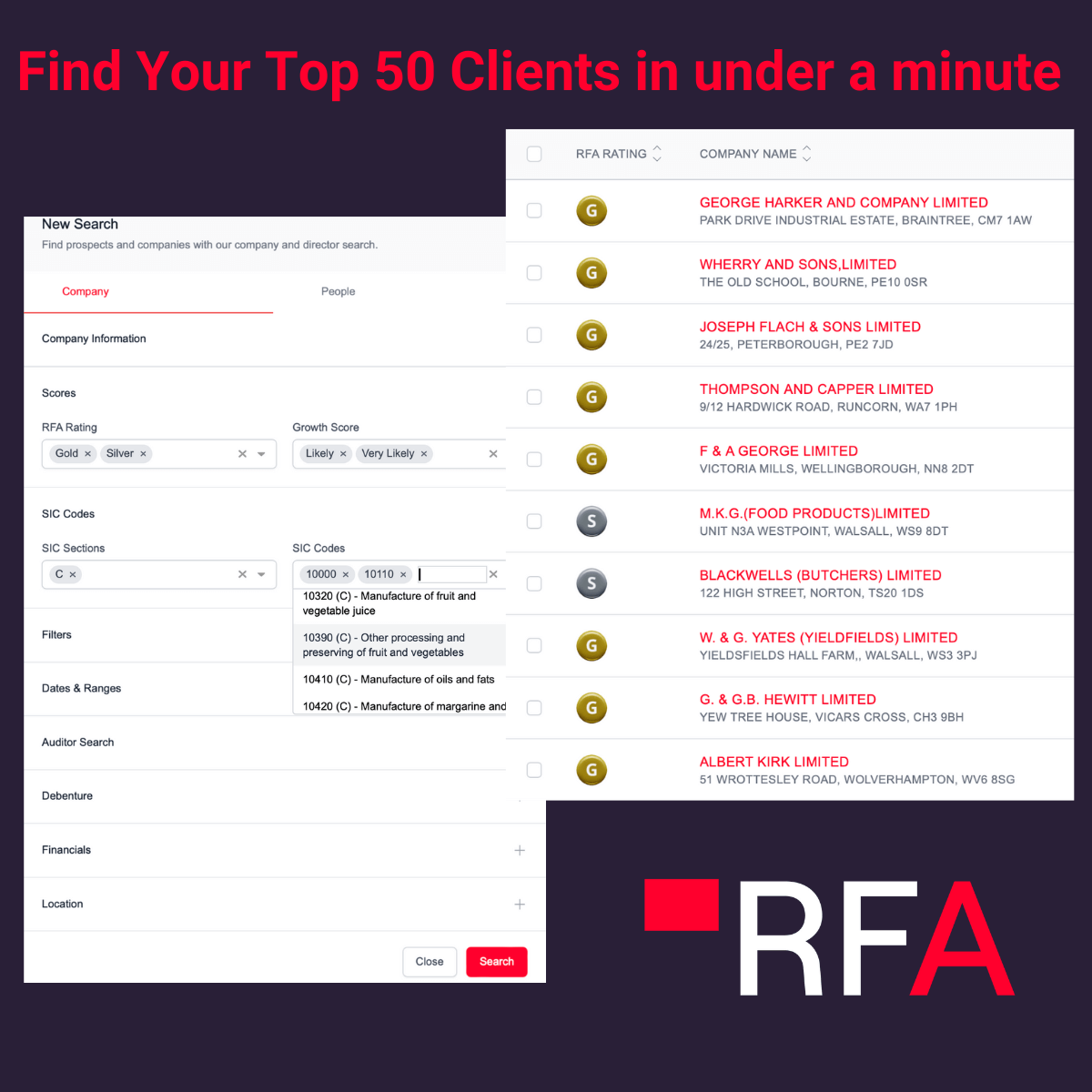With so much focus and investment in online marketing, you can sometimes overlook your most important asset: your salesperson. Research shows time and time again that one-on-one interactions are still the most influential in B2B buying activity.
However, the way buyers are navigating through their buying decision is changing, raising both an opportunity and a challenge for the B2B salesperson. No longer are we seeing buyers moving in sequence through a purchase funnel, instead having different streams running simultaneously that all inform the buying decision. This makes the salesperson even more important as buyers look for someone to help them move from one stream to another and eventually inform their final choice.
What Informs a B2B Buying Decision?
Gartner research has broken it down into four different streams:
Explore – This is when the buyer realises their need or problem and begins to look for solutions, whether that be with existing suppliers or through their own online research.
Evaluate – Buyers consider a range of different options, weighing up the pros and cons of each by perhaps reading reviews or through close contact with their salesperson.
Engage – This is when the buyer really begins to reach out – for example, requesting more information, a catalogue or a quote to aid them in making that final purchase decision.
Experience – Trials or demonstrations give the buyer the opportunity to experience the product and further inform their decision about whether or not to purchase.
Each of these streams could be running alongside another and the B2B salesperson has a role to play in each one. However, the research also showed that buyers want people who can tailor a product or solution to their business, making the role of the salesperson critical.
Why Is a B2B Salesperson So Important?
Online hasn’t replaced interaction. Customers appear to be using online alongside their interactions with sales representatives. While informing and educating themselves about what is available, they are still looking for the salesperson to cut through all the noise and help them make that final decision.
Social media isn’t trusted. Though social media is often touted as a powerful way to really sell a product, research shows that it is the least influential B2B marketing activity. What’s the most influential? Direct interaction with a salesperson.
They can make an introduction. Though the salesperson is the bridge between the company and the buyer, there are many others who can help to convert an enquiry into a sale. For example, inviting a buyer to meet the product’s creator or to interact with the people who make up the service team extends that direct interaction further.
B2B customers want relevant solutions. Buyers aren’t looking for a one-size-fits-all solution to their need or opportunity. They’re looking for someone to really look closely at their business and tell them how their product or service is the right solution, which is exactly what a great B2B salesperson does best.
They offer a product experience. Online marketing is a powerful tool, but sometimes a product can be complex without an expert to demonstrate it. Often buyers are looking to truly experience a product, and a salesperson is well placed to deliver this level of product immersion. A salesperson who knows the product well and can highlight the features as the customer interacts with it enhances the buying experience and can help to move the buyer towards a purchase.
Buyers must justify their decision. Though a buyer and the salesperson will liaise throughout the process, the buyer will always have to justify the purchase to the wider business. The B2B salesperson can help with this justification by selling the many benefits or demonstrating the product to the wider organisation.
How Does Red Flag Alert Help a B2B Salesperson?
Red Flag Alert is a great tool to engage buyers as it gives a salesperson all the information they need to offer a truly tailored solution, for example:
Detailed Financial Information – What better way to tailor a pitch than by knowing exactly how well the company is performing and how they’re positioned in the marketplace. For example, if you know your buyer’s key financial information and positioning compared to competitors, you can use this to show how your product would offer them the edge, allowing them to increase their market share.
Strong Leads – Information withinRed Flag Alert's B2B prospecting tool is updated daily (over 100,000 times) so you have the latest contact details, data about growing sectors and insight on any changes. This rich data provides sales triggers that open up myriad opportunities to start sales conversations.
Financial Problems – Financial issues such as poor liquidity or a decrease in margin can also provide opportunities. If you know your product is well placed to alleviate financial problems, identifying these specific issues helps personalise the buyer’s experience.
The key to success is positioning your product as the solution to their problem, and the range of tools within Red Flag Alert help you personalise the sales process for the buyer.
To look into delivering a best-in-class B2B sales product, you can read more of our content:
Our article on building rapport will help you cultivate relationships in a B2B environment: How to Build Rapport in B2B Sales.
Our article Supercharge Your Customer Segmentation with Red Flag Alert will help you think about building highly specific customer segments.
Reading Great Salespeople Armed with Data are Unstoppable will help you think about building a data-driven sales team.
The article How Data Opens Up Lucrative Micro Markets examines the importance in data of building and targeting valuable micro markets.
For more information about Red Flag Alert and how it can help your business, book a demo with our friendly team.




